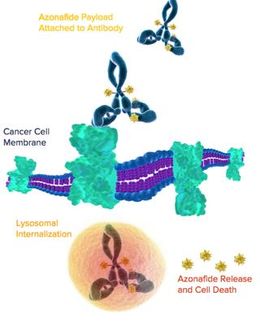Plant substance inhibits cancer stem cells
Advertisement
The plant Ambrosia arborescens grows at a high elevation in large parts of South America, and is traditionally used as a medicinal plant. The researchers have isolated the sesquiterpene lactone damsin from the plant and studied its effect on cancer stem cells in three different breast cancer cell lines. They have also performed similar studies using what is known as an analogue called ambrosin - a substance similar to damsin, but produced synthetically. The results show that they both have an effect on cancer stem cells.
"Both the natural and the synthetic substances inhibit the growth and spread of cancer stem cells in breast cancer cell lines. This is the first time that it has been successfully proven by research", says Stina Oredsson, professor at Lund University.
Already at low concentrations, the two substances inhibit the division and mobility of the cancer cells. This means that the tumour becomes smaller as cell proliferation decreases. In the present study, the researchers show that the actual number of cancer stem cells decreases.
Stina Oredsson emphasises that this is basic research and that the results are based on lab experiments involving cell cultures. However, she argues that the results are a breakthrough in cancer research as it may be the first step towards effective treatment of cancer stem cells, i.e. the cells believed to cause metastases.
"Different cancer cells have different abilities to survive chemotherapy. Cancer stem cells can be considered the most dangerous type of cancer cells, as they appear to have an inherent resistance to the chemotherapeutic drugs used today. Our results can contribute to the development of new drugs against cancer stem cells but, unfortunately, it takes a long time to get from basic research to usable drugs", says Stina Oredsson.
She and her colleagues continue to study damsin and ambrosin. They have also developed other analogues that show very good inhibitory effects on cancer stem cells. These results have not yet been published.
Original publication
Wendy Soria Sotillo, Rodrigo Villagomez, Sandra Smiljanic, Xiaoli Huang, Atena Malakpour, Sebastian Kempengren, Gloria Rodrigo, Giovanna Almanza, Olov Sterner, Stina Oredsson; "Anti-cancer stem cell activity of a sesquiterpene lactone isolated from Ambrosia arborescens and of a synthetic derivative"; PLOS One; 2017





















































